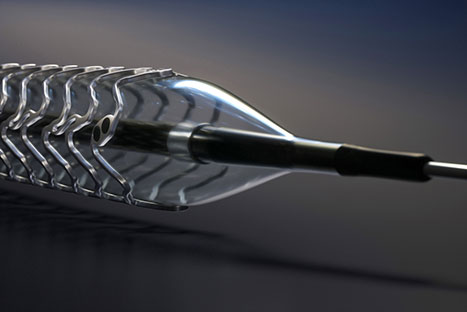
Biotronik has released details of the clinical performance of its Magmaris magnesium scaffold in 1,000 cases as part of the Magnesium 1,000 programme. Among other results, physicians involved in the programme—which is not a clinical trial—reported that 98.8% of scaffolds have been successfully deployed.
The Magnesium 1,000 programme began on June 15, 2016, reaching 1,000 implants on 24 February, 2017. It included 413 physicians in 237 hospitals across 32 countries. Physicians were asked to rate their personal experiences of acute performance with Magmaris, and to compare their experiences with the leading polymeric scaffold for each case using an evaluation form.
Roughly 96% of program participants rated the overall performance of the device as either good or very good, with similar results in the individual categories, including trackability, pushability, crossability and conformability, among others. In 72.1% of cases, the scaffold was tested against the leading polymeric scaffold as a benchmark to evaluate product performance. Magmaris was rated in 70-78% of cases as better or slightly better in various categories of acute performance, such as deliverability and vessel conformability.
“The scaffold’s exceptional trackability and crossability help to facilitate smoother delivery,” says Gregor Leibundgut, Kantonsspital Baselland, Liestal, Switzerland. “This makes the implantation easier and safer for the doctor and the patient.” Because of the scaffold’s unique design, its backbone is more flexible than that of the leading competitor, allowing good vessel conformability. In addition, the scaffold features an electro-polished metallic surface, offering smoothness and rounded edges to enable lower friction and easier lesion crossing.
According to a company release, the goal of the Magnesium 1,000 programme was not only to gather information on the product’s acute performance, but also to help first implanters gain experiences in the most effective possible use of Magmaris. Through the Magnesium 1,000 programme, physicians were directed on how to properly use the scaffold, and advised to focus on the so-called “Four Ps”: patient selection, proper sizing, pre-dilatation and post-dilatation. Magmaris is currently indicated for patients with de novo lesions that closely match the available scaffold sizes.













